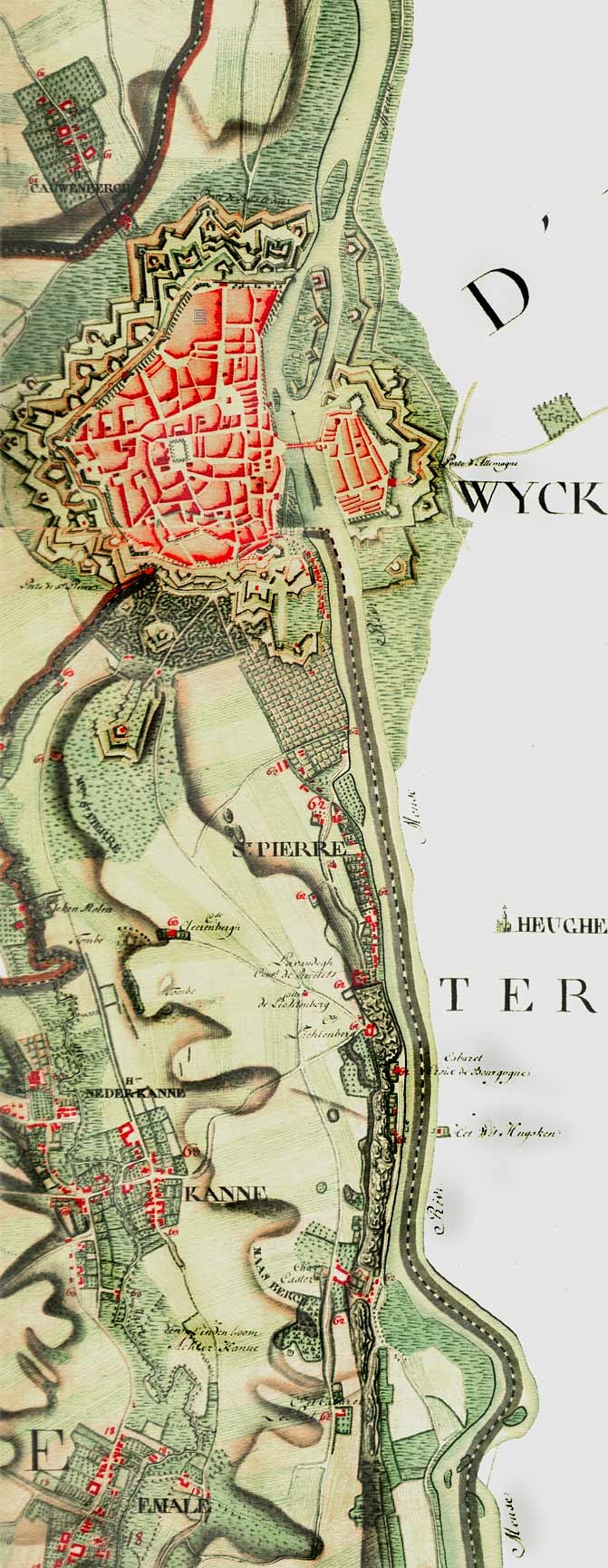BACK TO GO
Rethinking the nature of human interactions with environment in medieval Luxembourg from a longue durée perspective using digital and interactive visualisation techniques and spatial analysis
The Carte de cabinet des Pays-Bas autrichiens levée á l’initiative du comte de Ferraris (1771-1777) was the first major cartographic survey of the Austrian Netherlands, and its 275 maps are important sources for understanding the development of land usage in modern-day Luxembourg and Belgium due to its pre-industrial setting. This project will use the Ferraris maps as a starting point to go back in time and create a spatial analysis of medieval land and environment use in Luxembourg with a longue durée perspective. Through a combination of physical archaeological data, digital mapping and visualisation tools and Geographical Information Systems, it will be possible to describe and analyse changes in the landscape of medieval Luxembourg regarding the history of environment, settlement patterns, industrialisation and deindustrialisation, land use and infrastructure from a unique perspective. Analysing the nature of human interactions with the environment in the past will allow for a better understanding of current and future relationships with the natural world and will act as a basis for further interdisciplinary research and for further cooperation between traditional and modern methods of investigating history.
Image: Détail de la ville de Maastricht, Carte de cabinet des Pays-Bas autrichiens levée á l’initiative du comte de Ferraris, 1771-1777, (Bruxelles, KBR, Ms. IV 5.627), https://upload.wikimedia.org/wikipedia/commons/9/9f/FerrarisMaastricht.jpg


